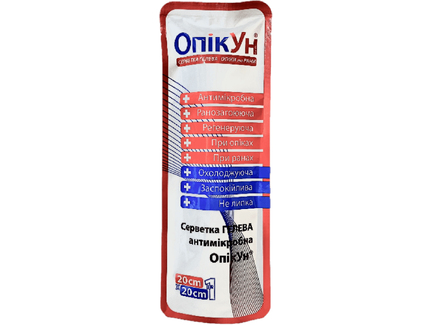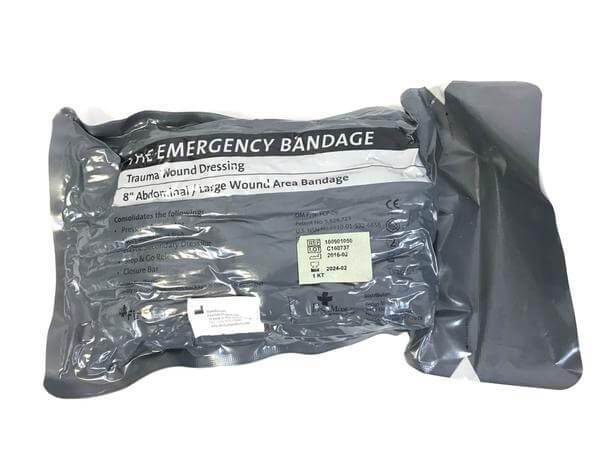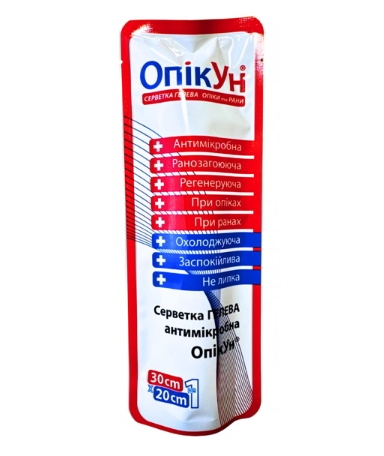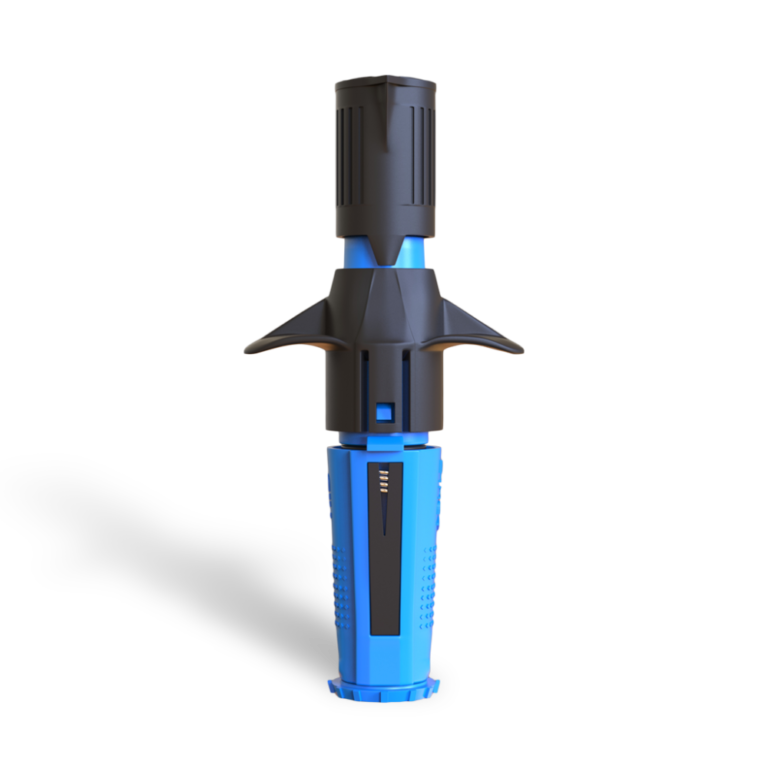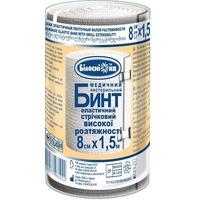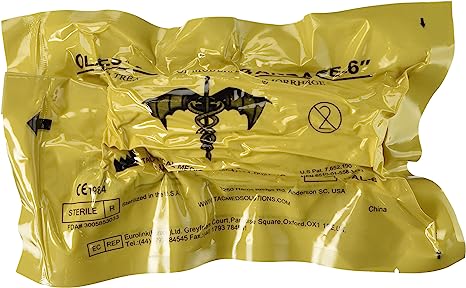Stage "C" of the M.A.R.C.H. algorithm deals with controlling the consequences of trauma for the patient. Following the previous stages, where measures were taken to stop bleeding, support the airway, and perform resuscitation, this stage is focused on assessing and managing the aftermath of traumatic injuries.
During the "C" stage, an assessment and treatment of specific traumatic injuries take place, which may include bone fractures, damage to internal organs, injuries to soft tissues, and the like. Medical personnel conduct a detailed examination of the injured areas of the body and apply necessary procedures and treatments for their recovery.
In the case of fractures, immobilization devices may be used to help keep the injured bone in a stable position and promote healing. Treatment of internal organs may require surgical intervention or other medical procedures to restore their normal functioning.
Additionally, during the "C" stage, attention is given to pain management and ensuring the patient's comfort. The use of analgesics and pain-reducing measures is an important component of this stage.
In general, the "C" stage of the M.A.R.C.H. algorithm focuses on controlling the traumatic consequences and providing proper treatment and care for the patient. This stage is crucial for expediting the recovery process and maximizing treatment outcomes.

